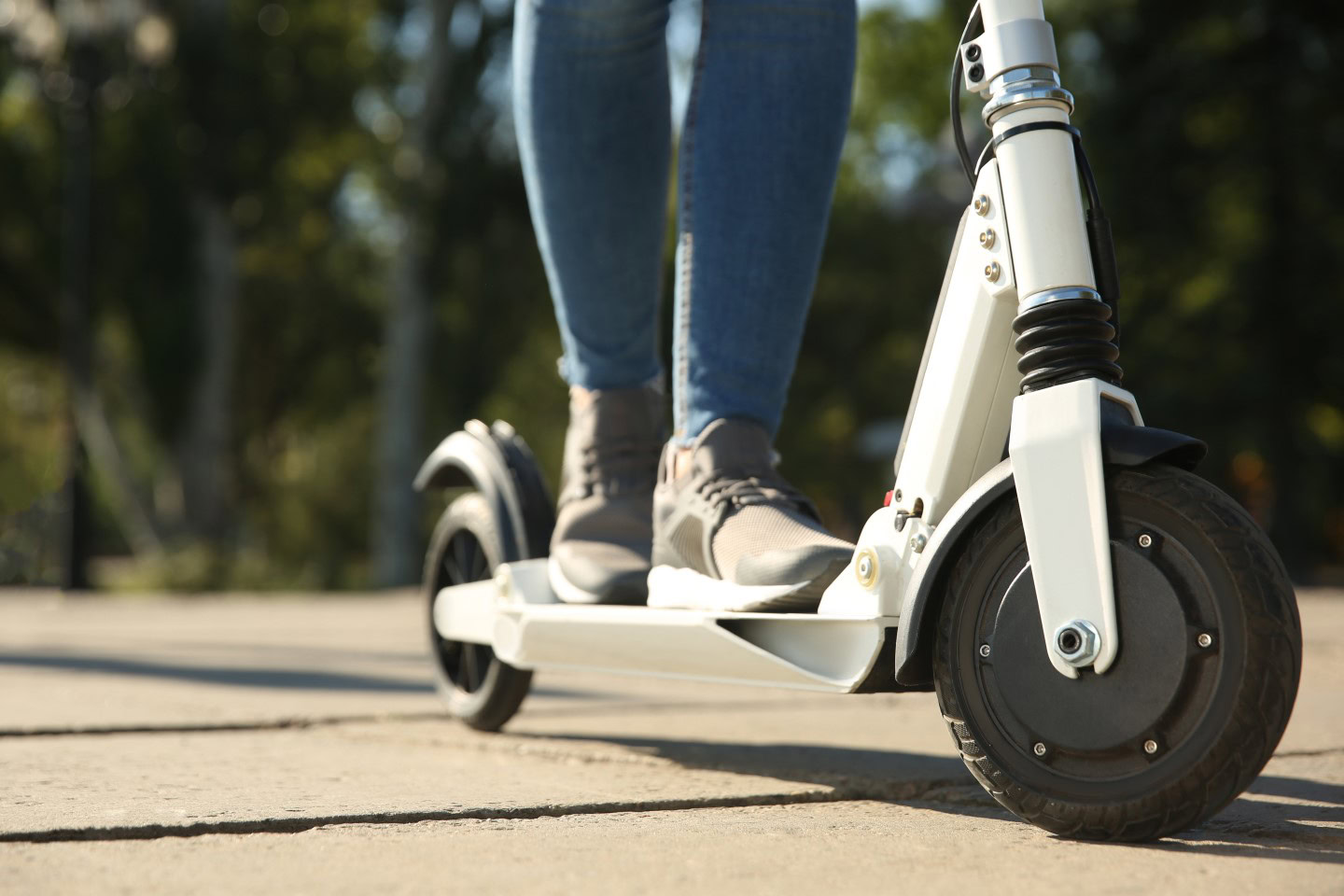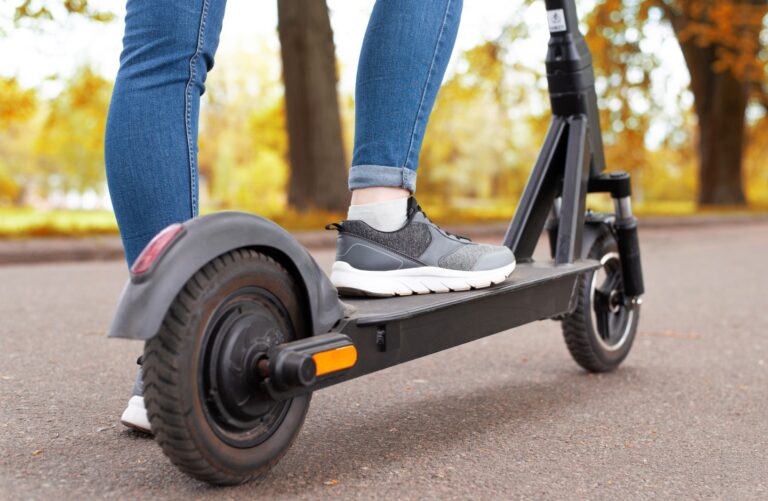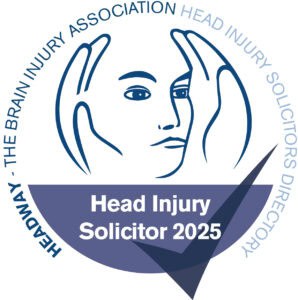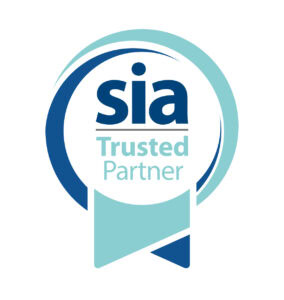
Surge in illegal e-scooter use puts us all at risk
In 2021 just 17 children aged between 13 and 16 years old were caught driving without insurance. However the latest DVLA figures, obtained by charity IAM Roadsmart, reveal that number increased by 2,000% last year.
In 2024, 375 children were issued with an IN10 endorsement (the offence code for driving without insurance) and it is widely believed the increased popularity of e-scooters are to blame.
If e-scooter riders are involved in a collision, it leaves both them and road usersat serious risk of being unable to claim compensation. We acted in several cases with issues for both e-scooter riders and other road users.
Where are we now?
E-scooters are becoming an increasingly popular mode of transport, particularly for teenagers, due to their affordability and convenience. Unfortunately, the legislation in England and Wales has failed to keep pace with the rapid rise of micromobility. Here at BBK we continue to stress the need for effective e-scooter legislation.
As we have written about in previous blogs, under the Road Traffic Act 1998 e-scooters are classified as a motor vehicle.
This means, like cars and motorcycles, it is a legal requirement to have valid a third party insurance policy when travelling on public roads. However, unlike the Government-approved rental e-scooters which include the required insurance as part of the rental fee, third party cover is not available for private e-scooters.
The gap in the current legislation means many young riders, and even their parents, are unaware that privately owned e-scooters can only be used legally on private land with the landowner’s permission. The widespread availability of private e-scooters is leading many riders to unknowingly break the law.
Compensation issues after e-scooter injury
This state of affairs means where an uninsured e-scooter rider causes a collision with a pedestrian, for example, the pedestrian may be left without a clear route for compensation as, unless the rider has sufficient assets, the pedestrian is unlikely to recover their damages. In these circumstances, we would immediately investigate whether the Motor Insurers Bureau could step in to provide indemnity.
Similarly, if an e-scooter rider is injured due to another road user’s negligence, the lack of proper insurance may complicate their ability to claim for their injuries.
At BBK, we have encountered both scenarios.
We are acting for several e-scooter riders who have been injured in a collision which was not their fault, but the defendant driver’s motor insurers are seeking to deny liability on “illegality” grounds.
This is likely to become a more frequent issue in e-scooter litigation.
BBK e-scooter campaigning
As the popularity of e-scooters continues to grow, the number of collisions is increasing each year. At BBK, we are passionate about creating positive change and we continue to campaign for legislation which properly regulates e-scooter use.
The current rules, or the lack of specific new rules relevant to these news modes of transport, create confusion making it difficult for manufacturers, retailers, insurers and road users alike to understand their legal responsibilities.
We will continue to press the Government to introduce clear and comprehensive legislation which effectively regulates e-scooter use and ensures both safety and legal certainty for all road users.










